Understanding Chess Piece Promotion
Chess, a strategic board game between two players, encompasses various rules and maneuvers that can dramatically change the course of the game. One of the most transformative abilities in chess is the promotion of a pawn. This article explores the concept of promotion in chess, focusing specifically on which pieces a pawn can be promoted to, the strategic implications of different choices, and how this rule affects gameplay.
What is Pawn Promotion?
Pawn promotion occurs when a pawn reaches the farthest row from its starting position on the opposite side of the chessboard. According to the rules of chess, once a pawn reaches this row, it must be immediately promoted to another piece of the same color, except for a king. This rule is integral to the dynamics of chess, significantly influencing both players' strategies throughout the game.
Which Pieces Can Be Promoted To?
The pawn can be promoted to any of the following pieces:
- Queen: Most commonly, pawns are promoted to queens. This is because the queen is the most powerful piece on the board, capable of moving any number of squares vertically, horizontally, or diagonally.
- Rook: A pawn may be promoted to a rook, which can move any number of squares vertically or horizontally but not diagonally.
- Bishop: Promoting a pawn to a bishop is another option. Bishops can move any number of squares diagonally on either of the board's colored diagonals they originally occupy.
- Knight: The knight, with its unique movement in an ‘L’ shape, is another promotion choice. Although knights have less range than queens, rooks, or bishops, their ability to jump over other pieces can be tactically advantageous in certain situations.
It is essential to note that a pawn cannot be promoted to either another pawn or a king. Therefore, the strategic selection of a new piece usually revolves around the specific needs of the current game situation.
Strategic Considerations for Piece Promotion
Deciding which piece to promote a pawn to involves strategic planning and foresight. Here are some considerations:
- Maximizing Power: Usually, promoting a pawn to a queen is the best choice because of her range and capabilities. This is commonly referred to as queening the pawn.
- Avoiding Stalemate: There are situations where promoting to a queen might lead to a stalemate, especially when the opponent's king is fully cornered with no viable escape squares that aren’t covered by the queen. In these cases, promoting to a knight, which has a different movement scope, might provide a better chance to limit the king’s movement without forcing a stalemate.
- Specific Tactical Needs: Sometimes, specific tactical circumstances make promoting to a rook or bishop more advantageous. This might be the case when needing to control certain squares or long diagonals specifically.
Another fascinating aspect of promotion is the possibility of underpromotion, which refers to any promotion not to a queen. Underpromotion may be used strategically to avoid immediate draws through stalemate or to deliver checkmate when a knight is better positioned to do so.
Conclusion
Pawn promotion is a powerful rule in chess that provides opportunities to recover and strengthen forces, potentially turning a modest pawn into a game-winning piece. Understanding when and into which piece to promote a pawn can often distinguish between average and advanced players. Whether it’s reinforcing your position with a new queen, applying tactical finesse with a bishop or rook, or strategically surprising your opponent by underpromoting to a knight, knowing your options for pawn promotion is an essential component of chess strategy.
Explore our large collection of luxurious chess sets!


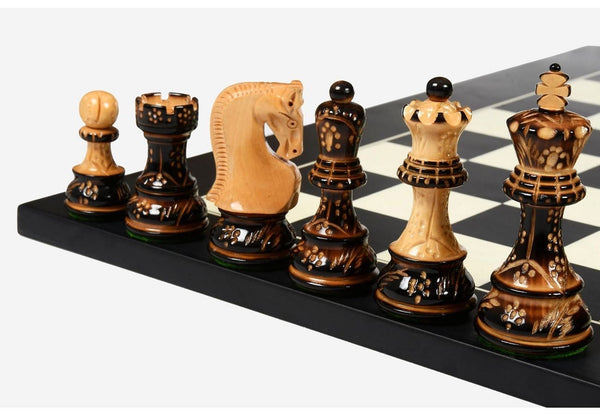

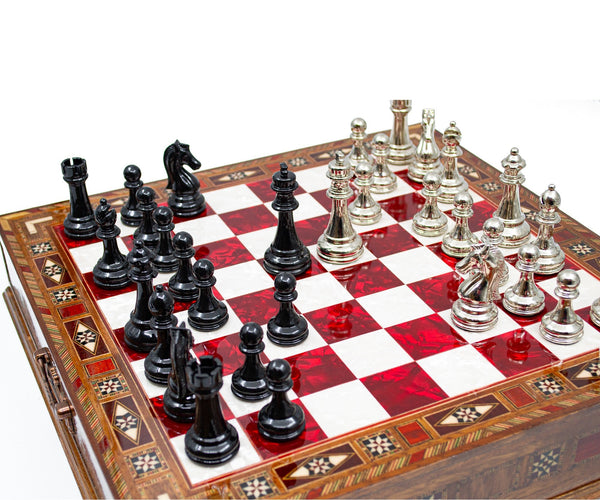
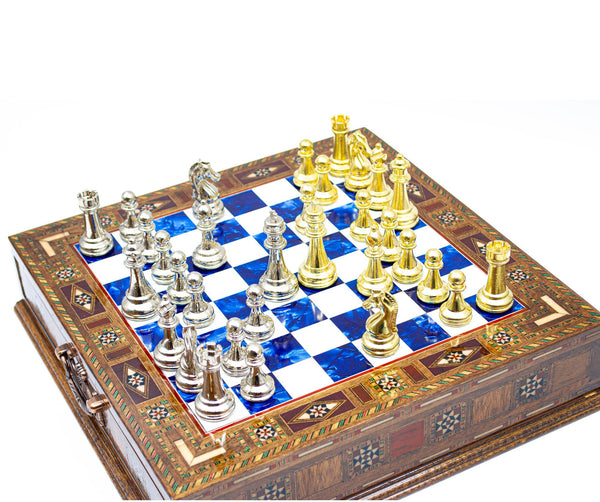
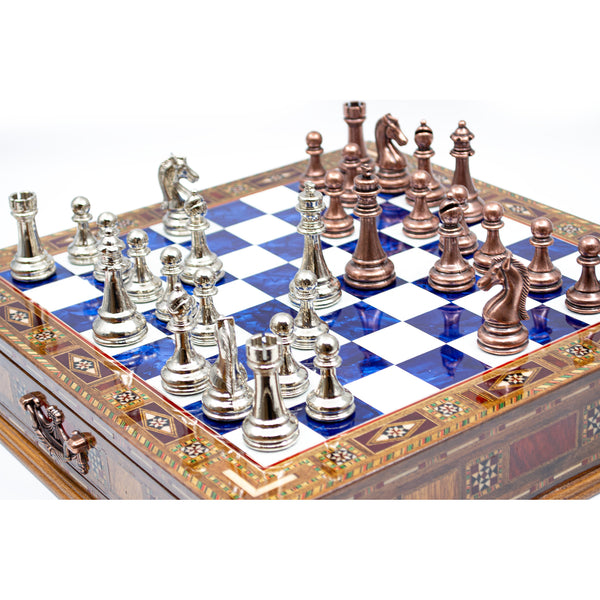
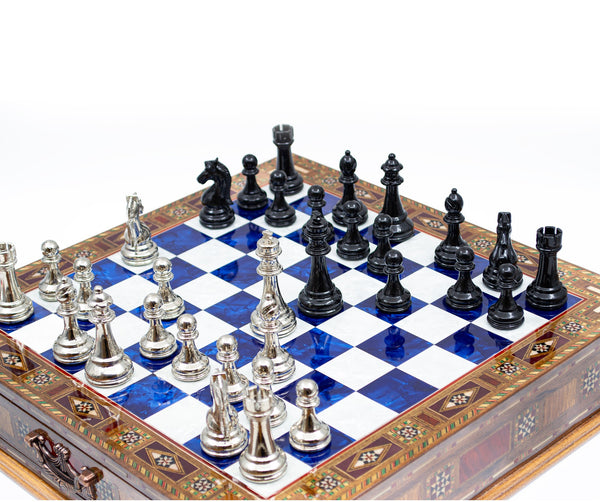






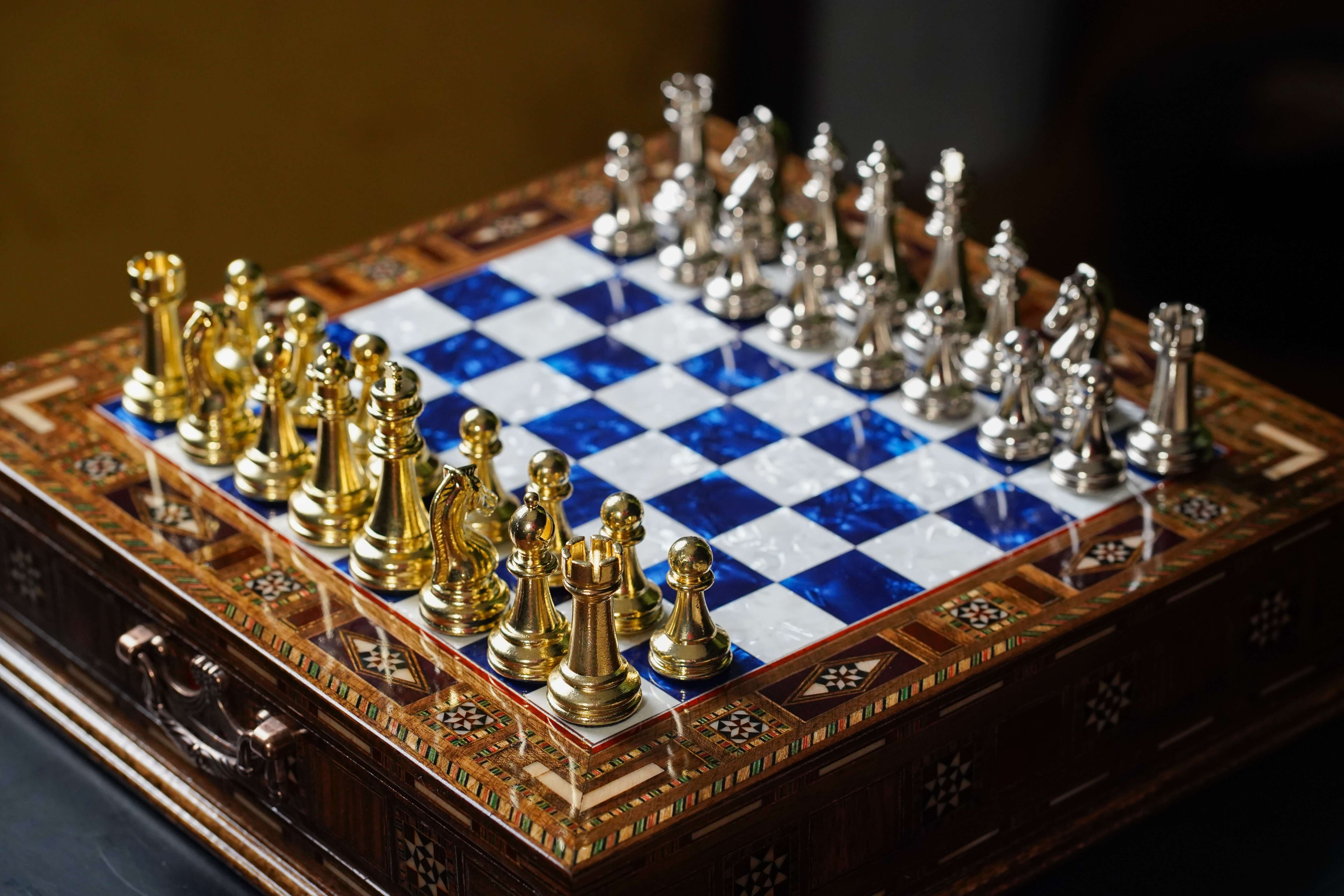

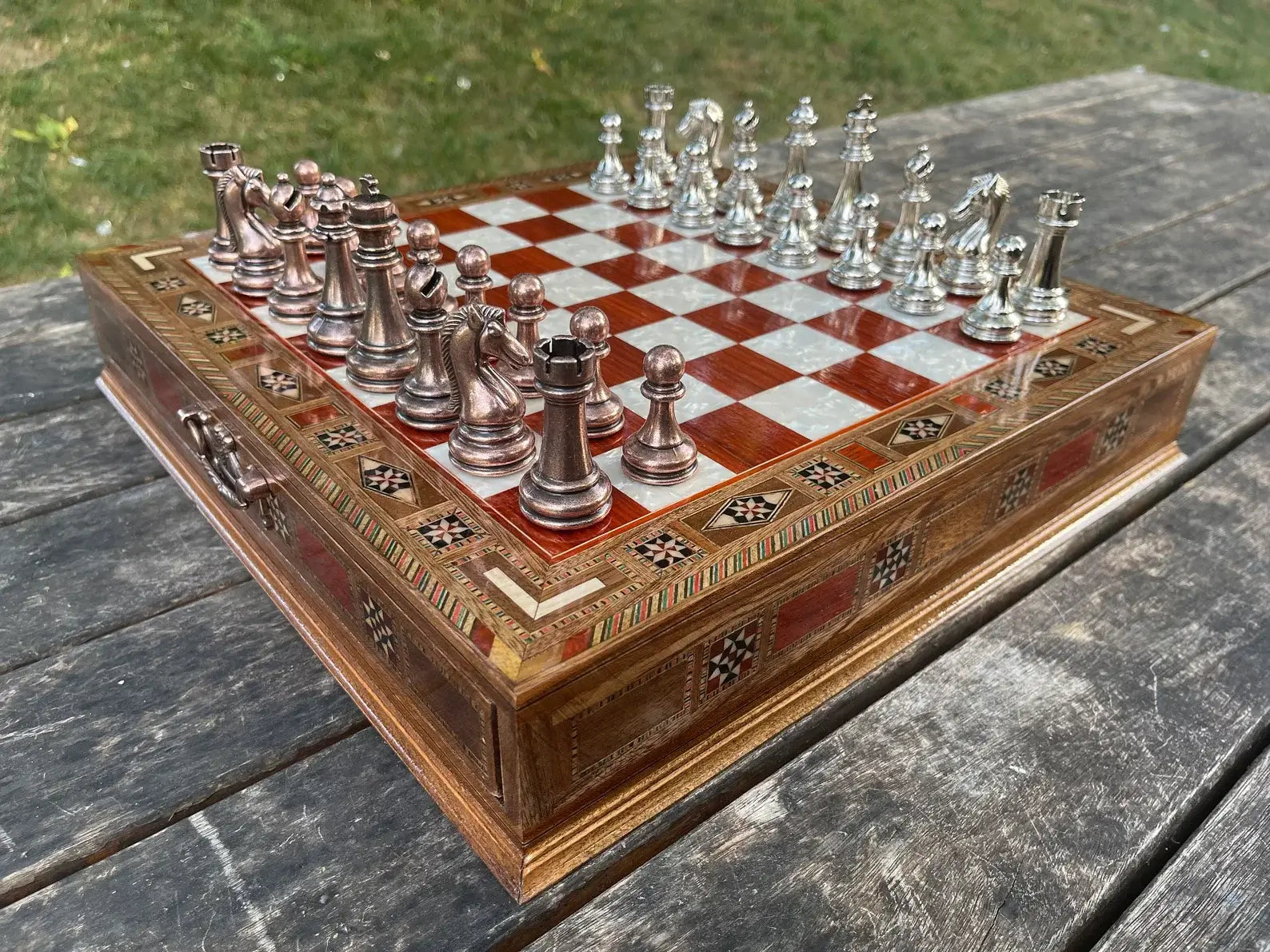

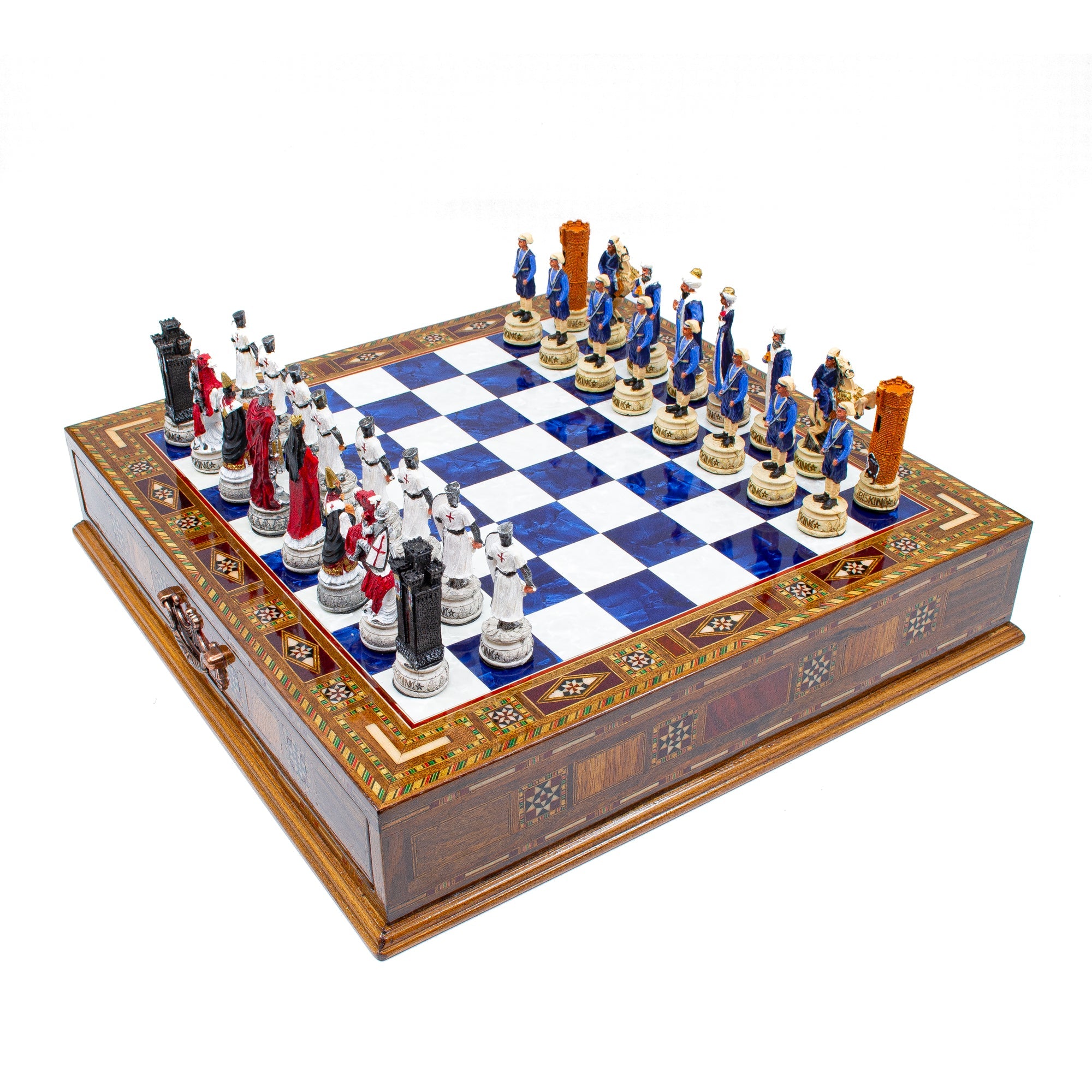
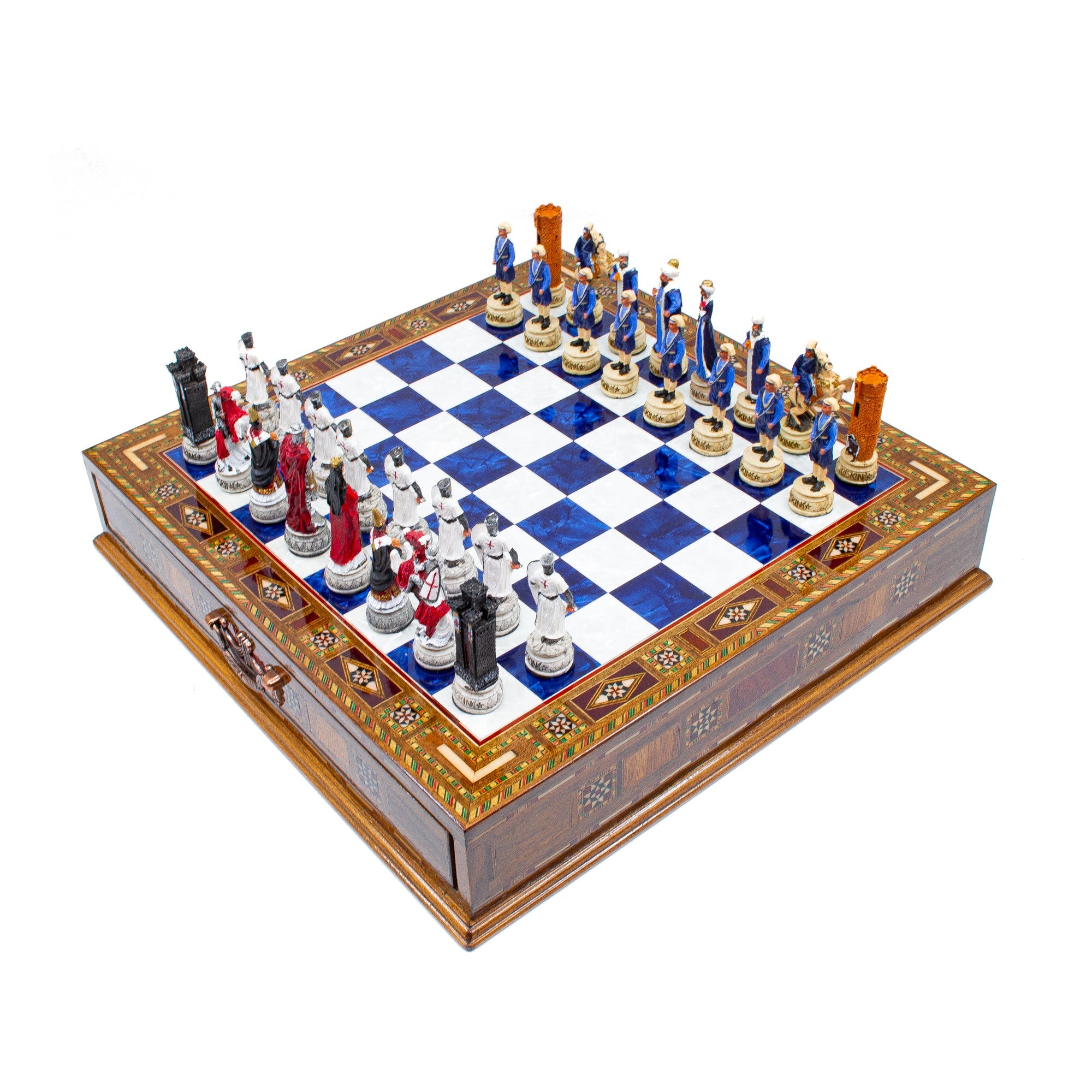
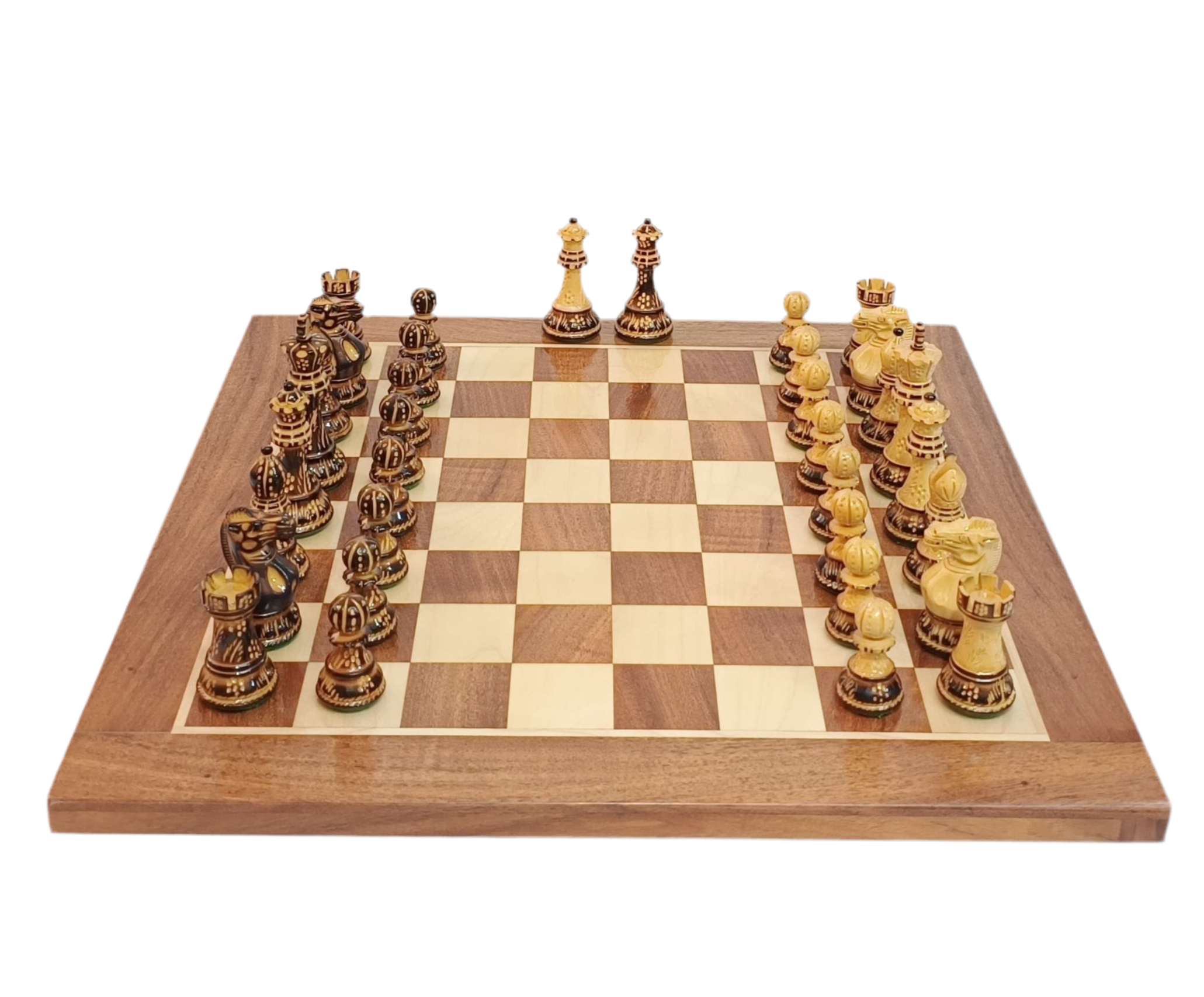
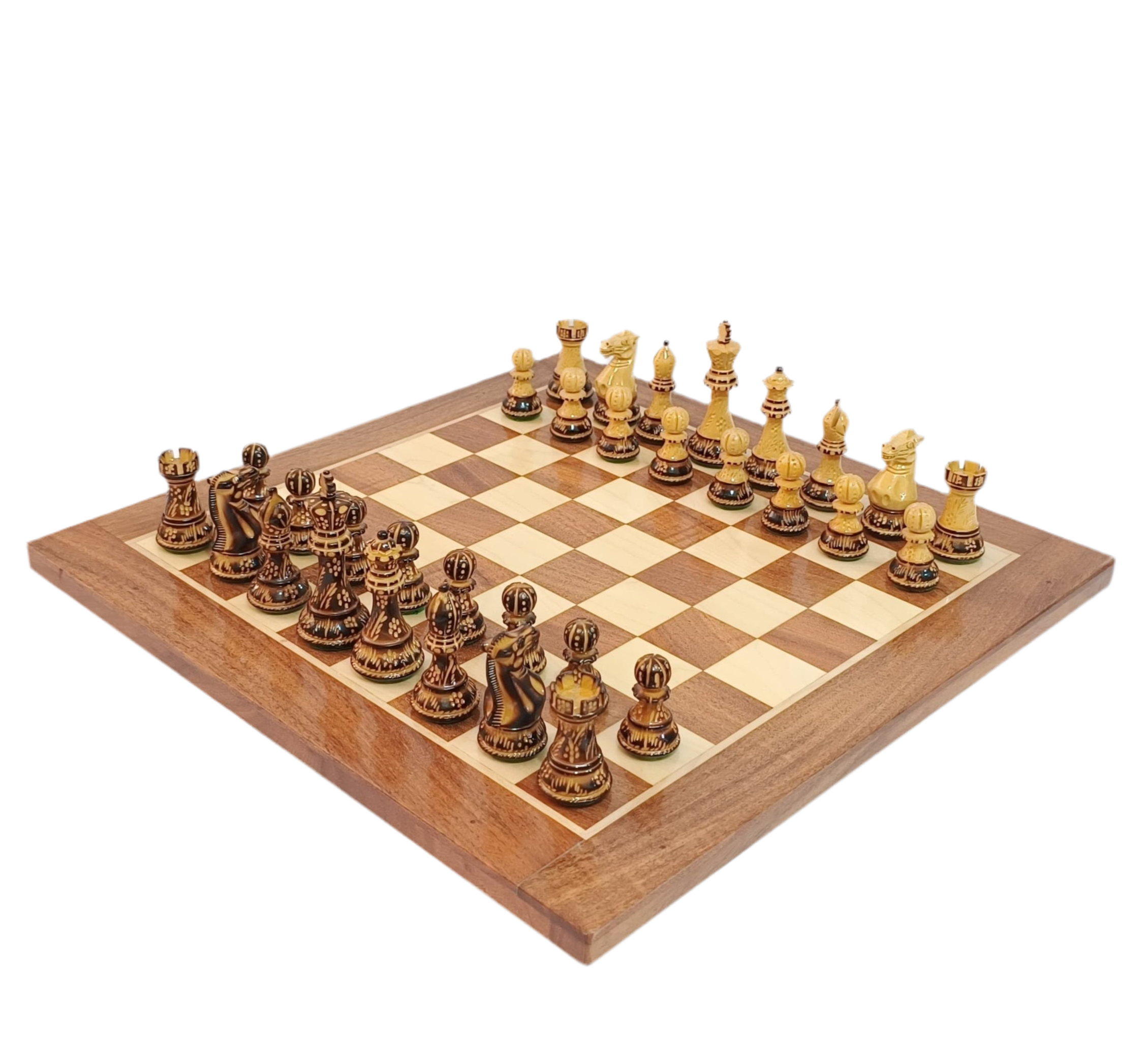

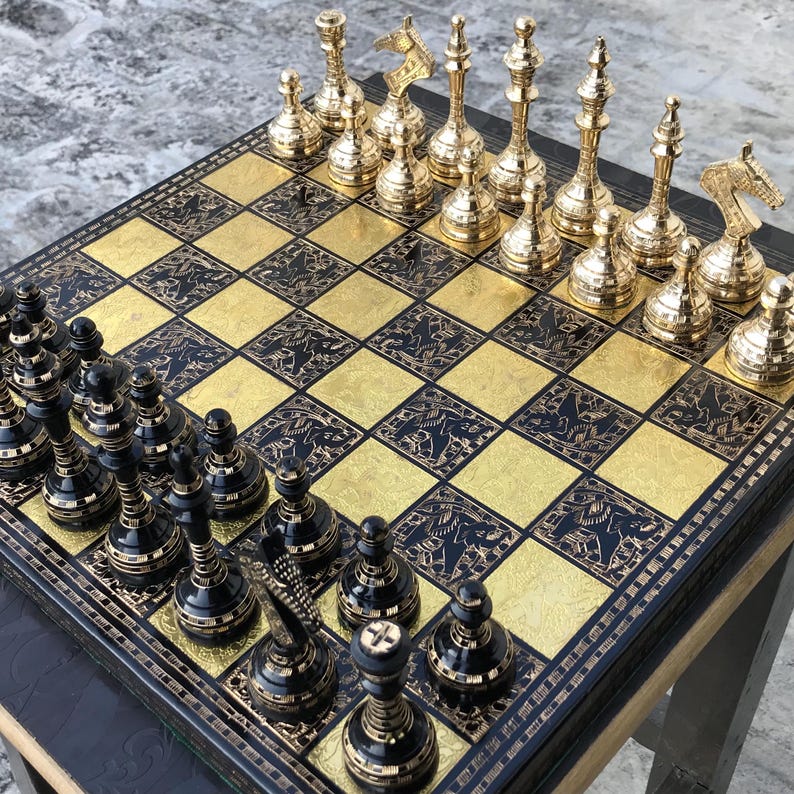


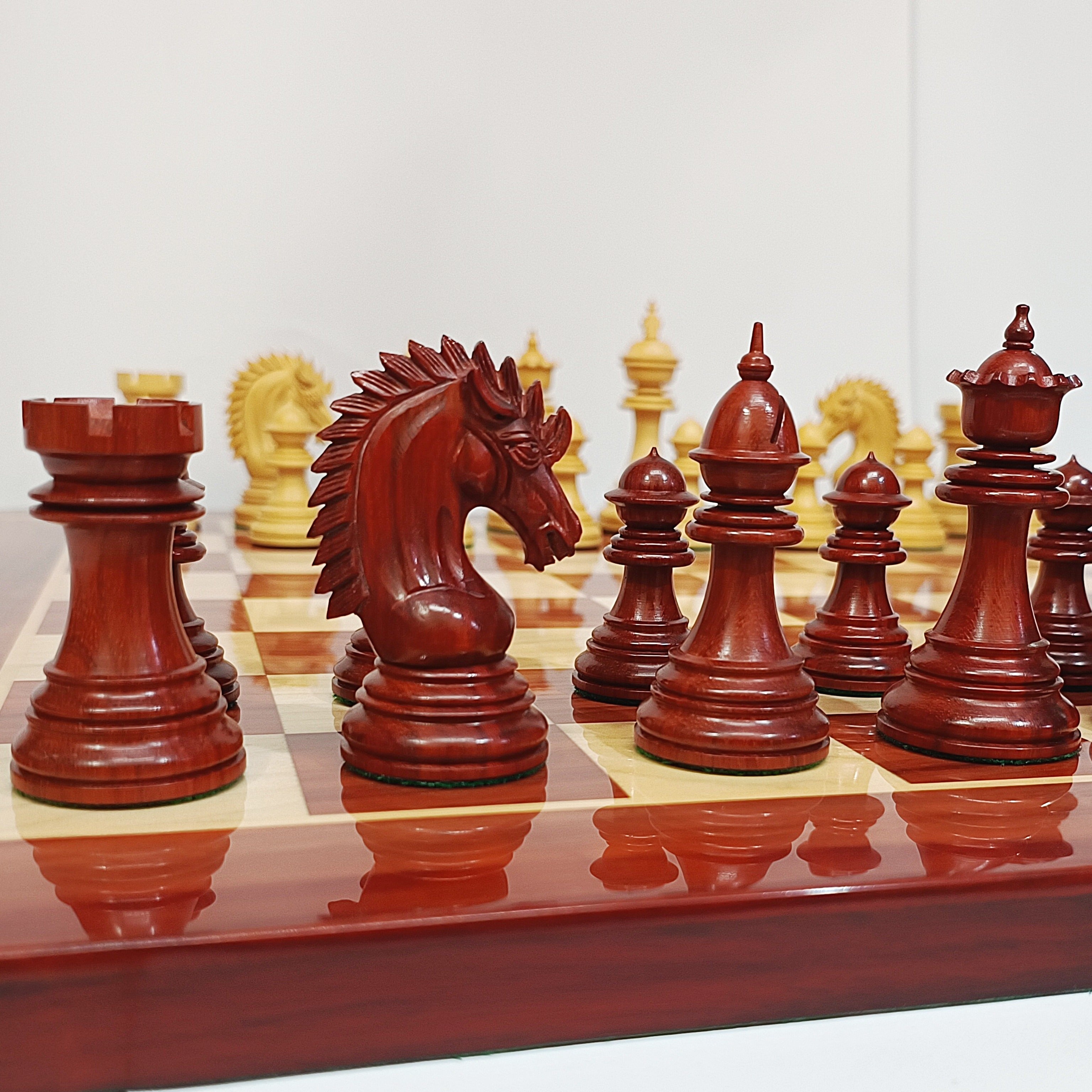
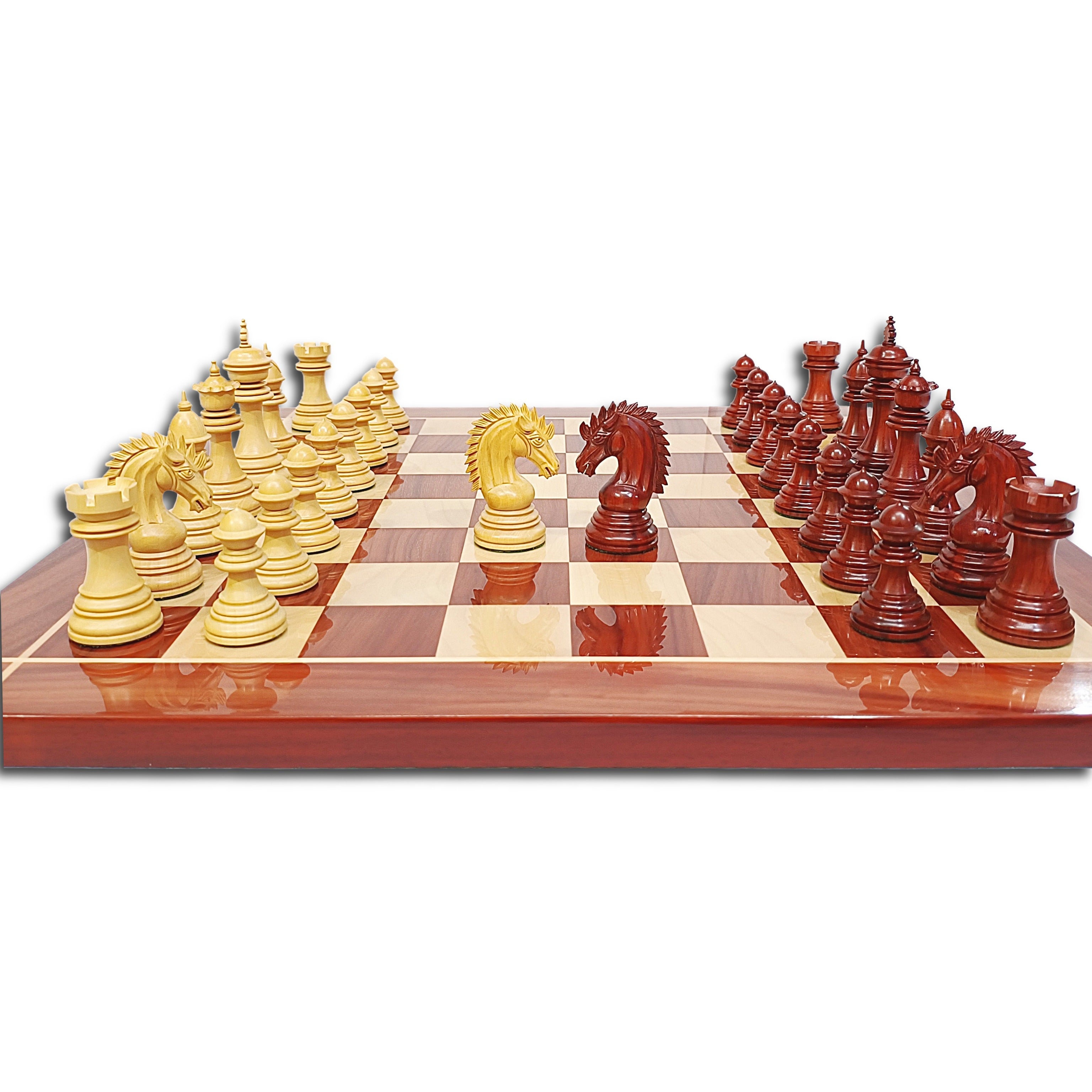

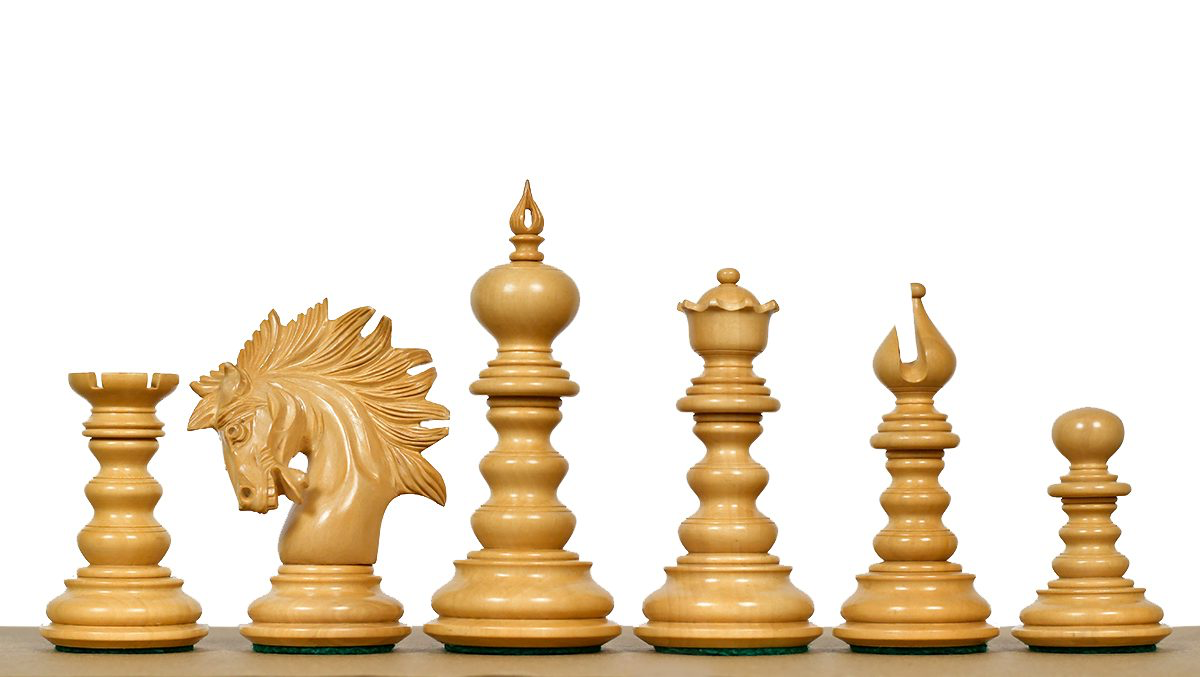
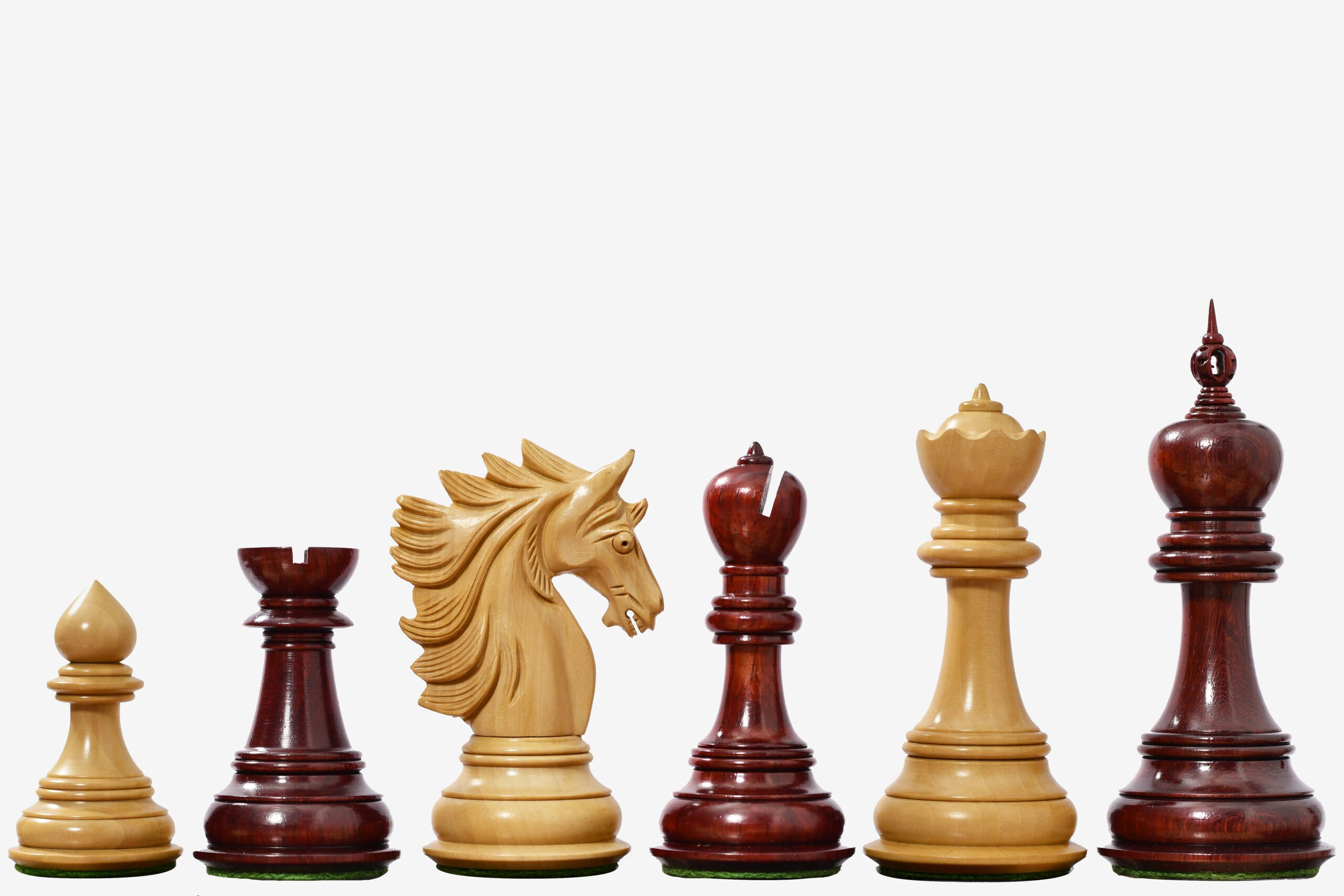
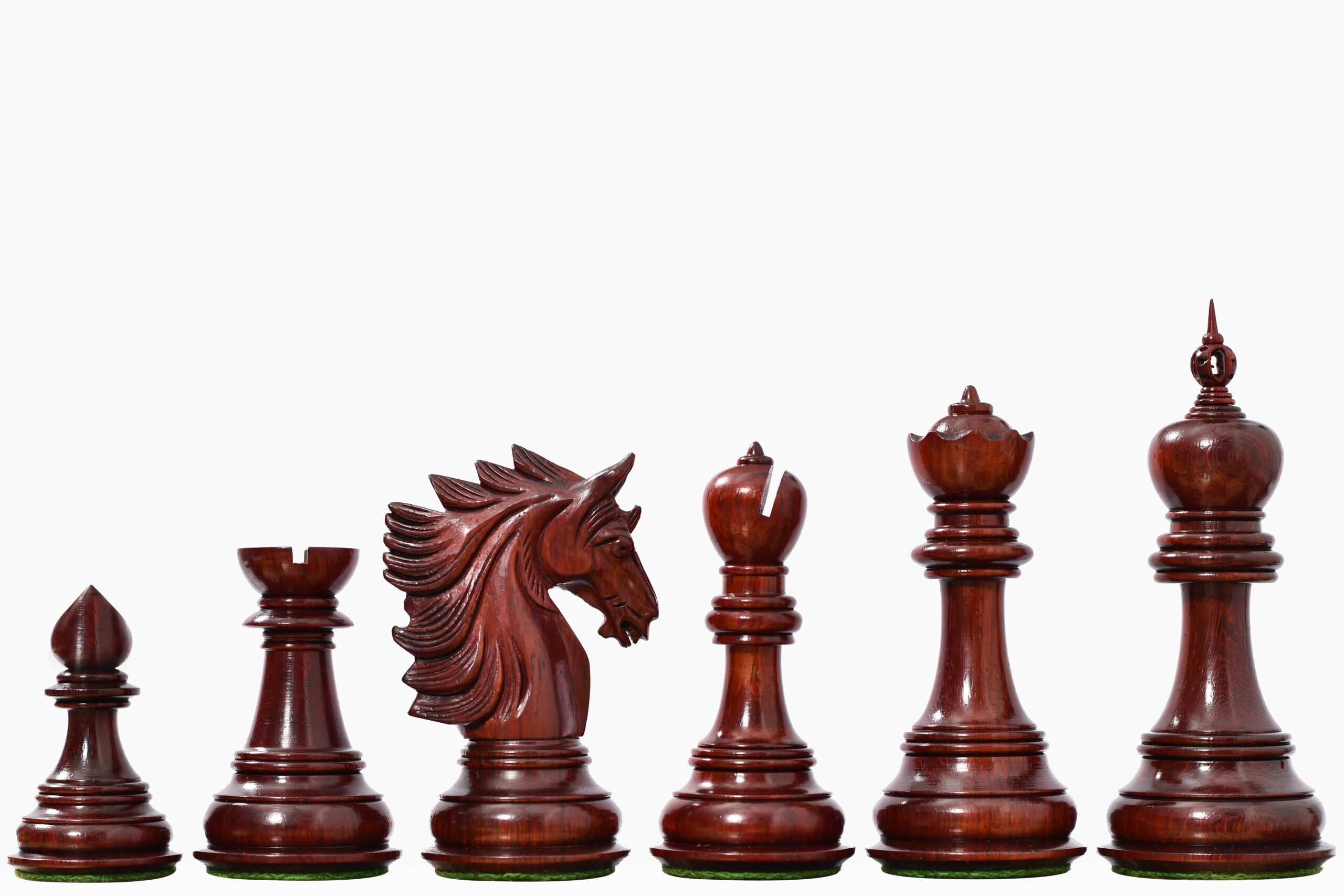
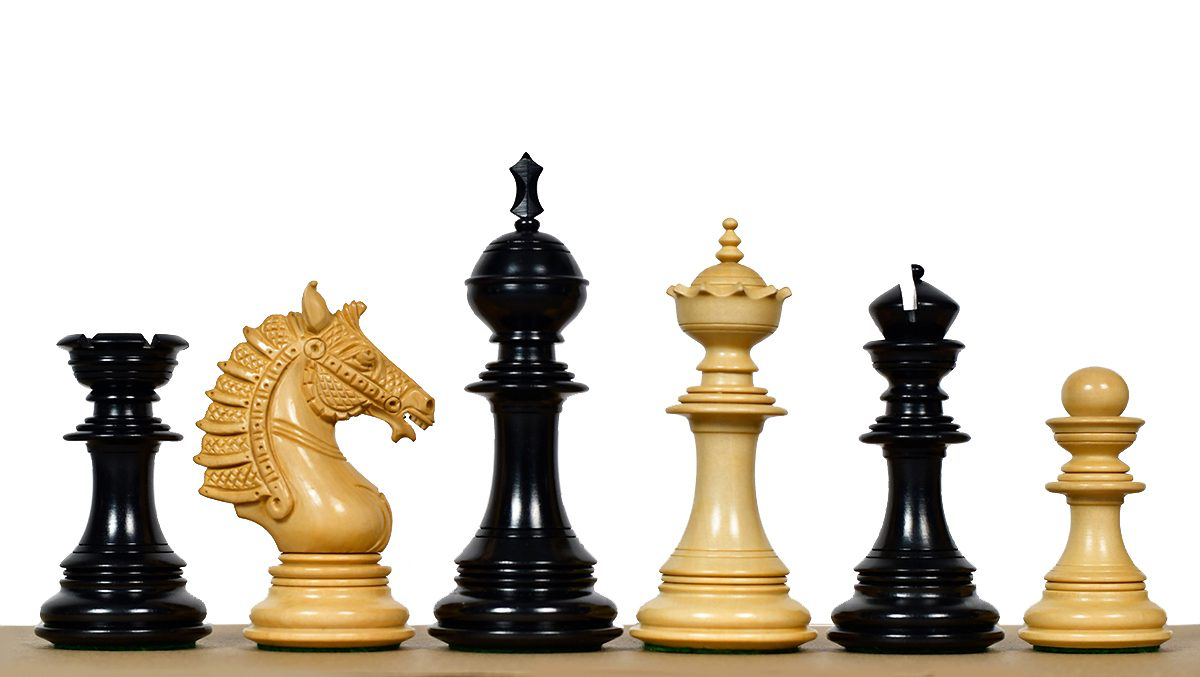
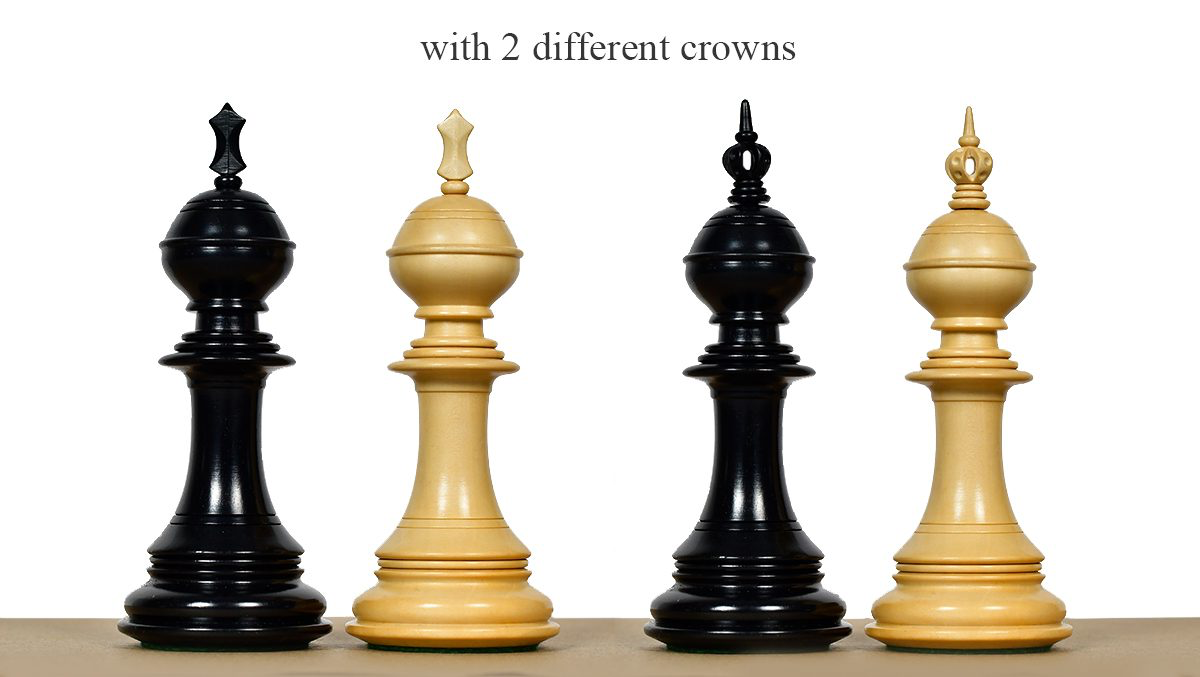

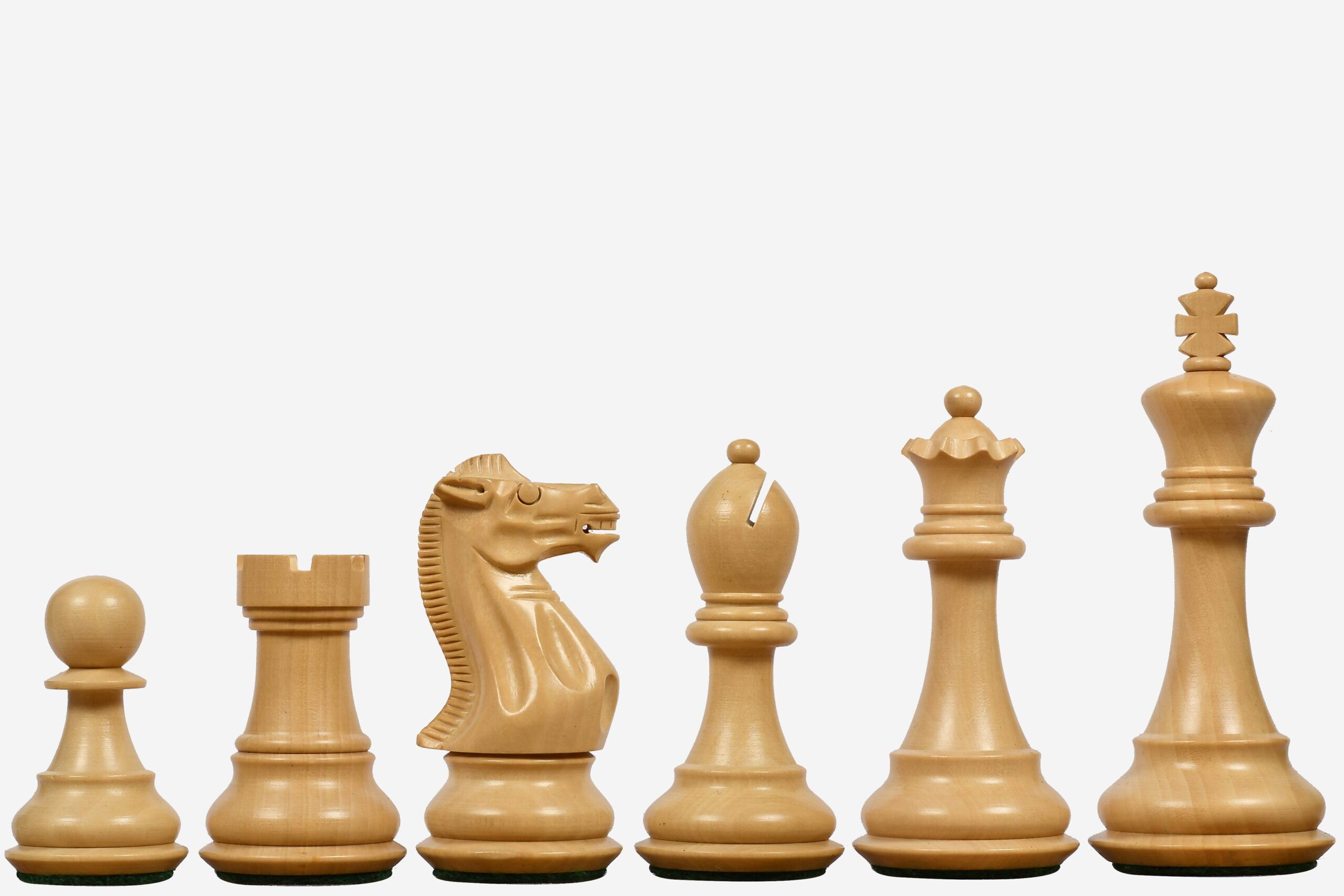
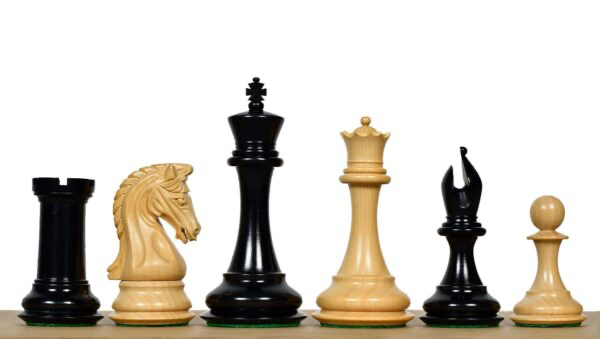
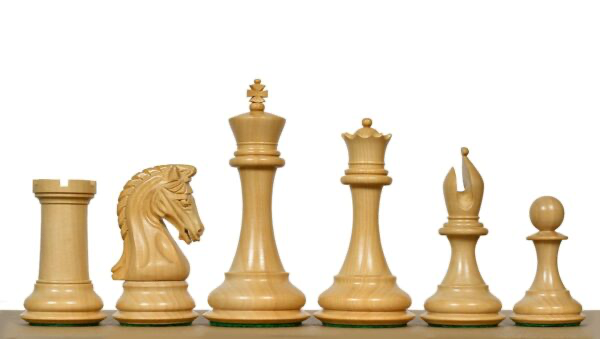
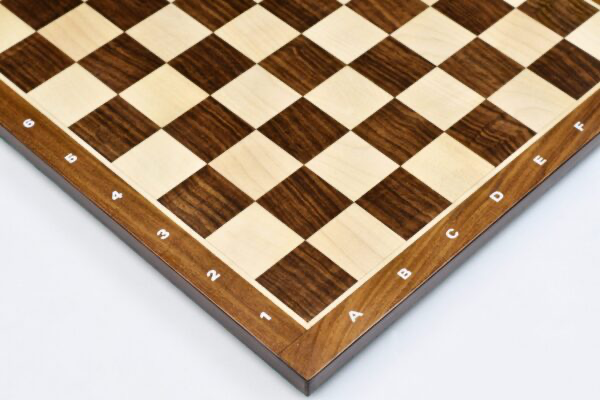
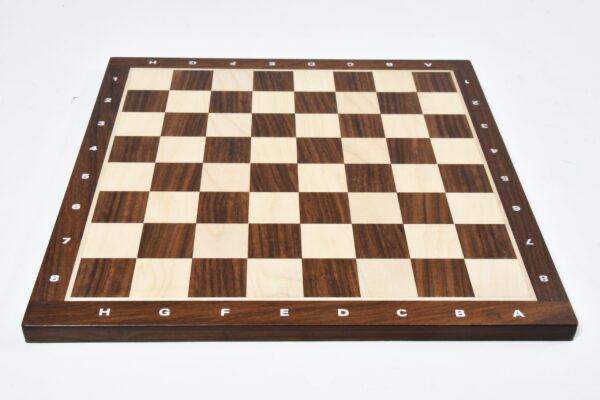
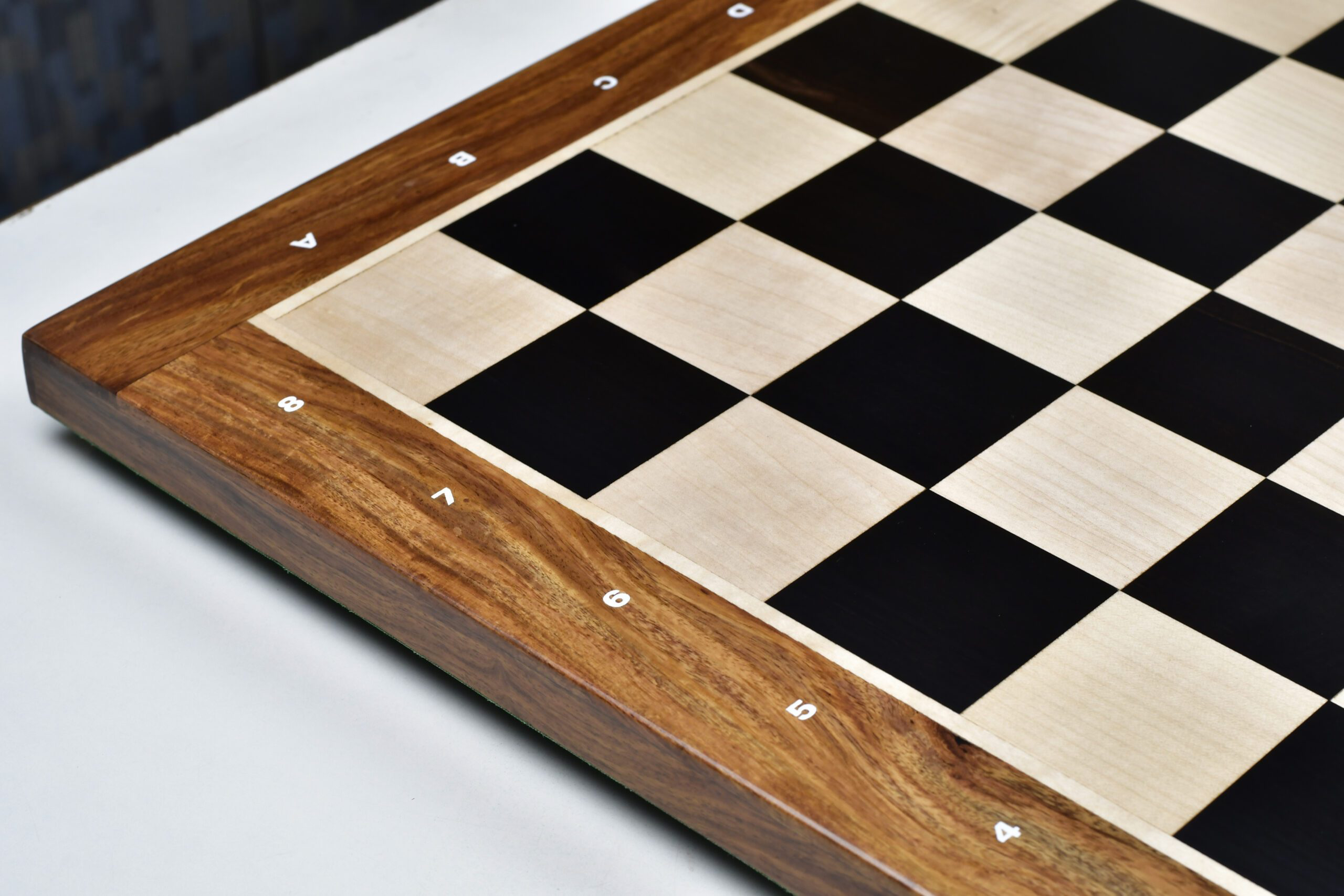
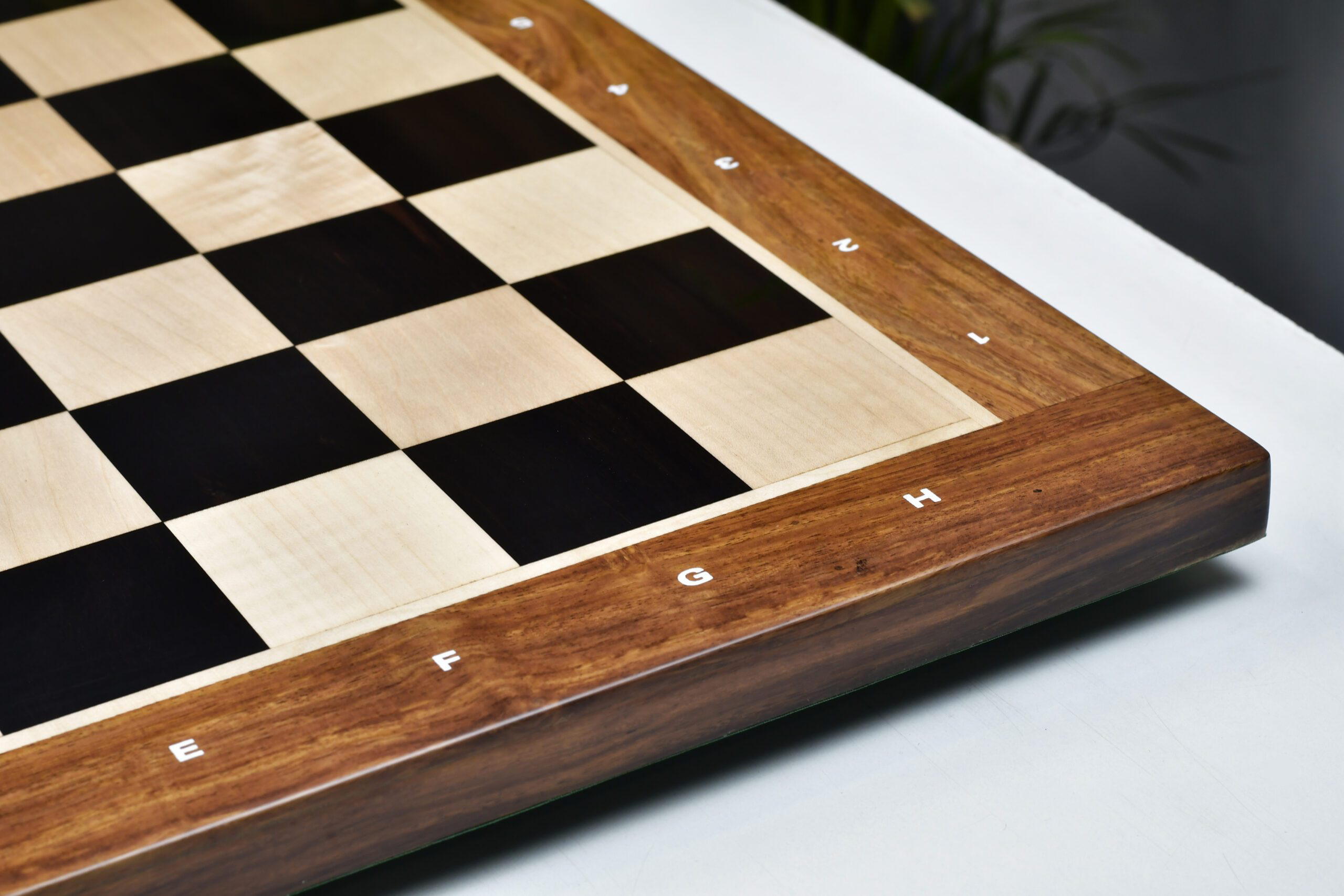


Leave a comment
All comments are moderated before being published.
This site is protected by hCaptcha and the hCaptcha Privacy Policy and Terms of Service apply.